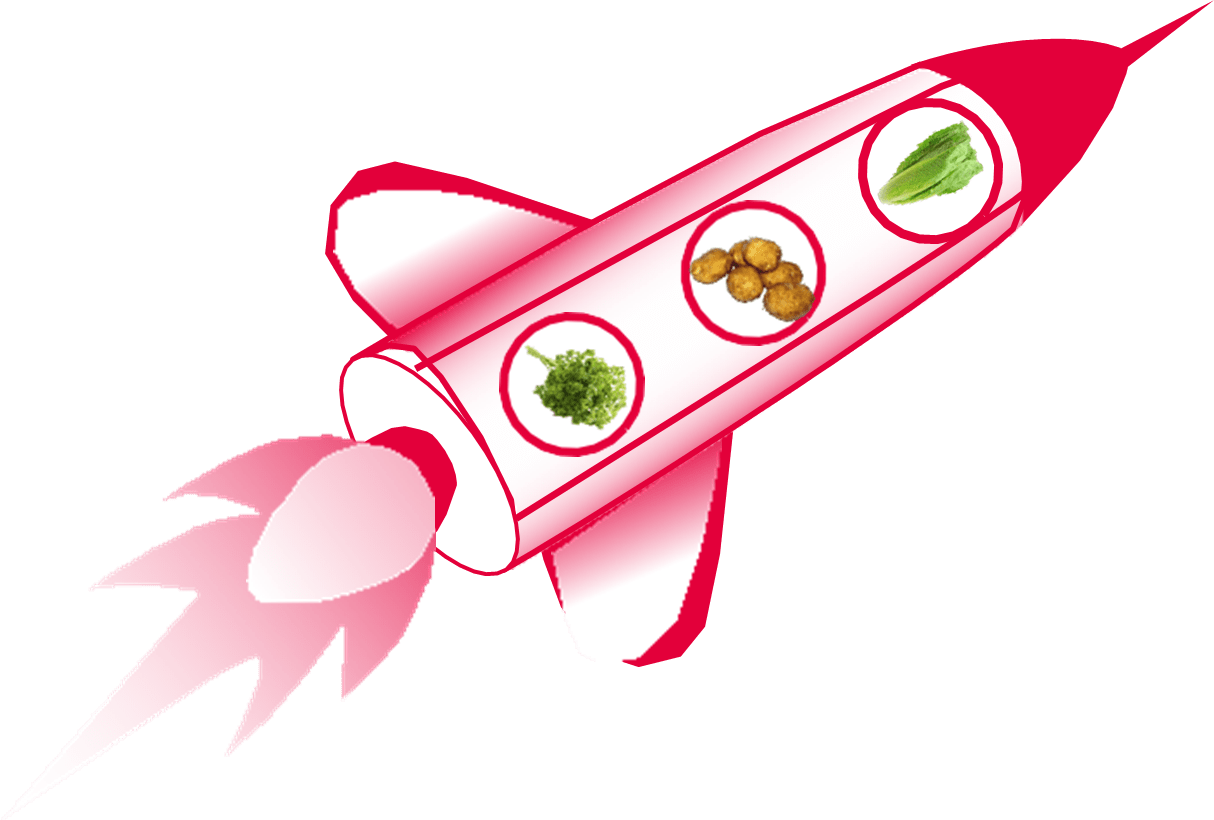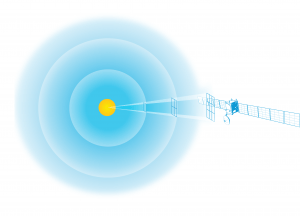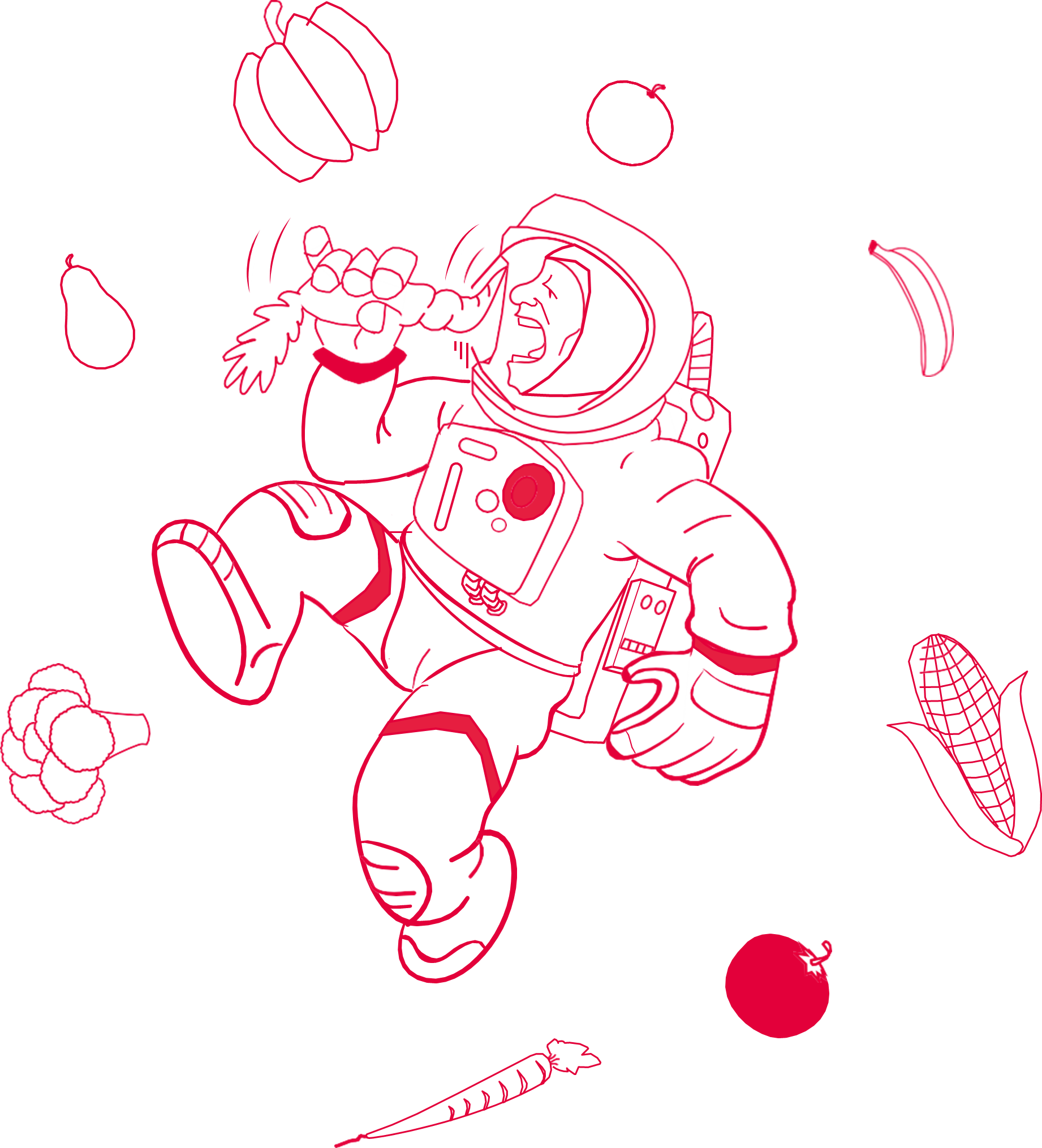AstroFood - Imparare a conoscere le piante commestibili nello spazio
In questa serie di attività, gli studenti impareranno a conoscere i diversi componenti delle piante.
Impareranno quali parti delle piante sono commestibili e impareranno la differenza tra un ortaggio, un frutto e un seme.
Gli studenti dovranno immaginare e disegnare la pianta associata al frutto/verdura/seme che stanno osservando.
Impareranno anche che piante diverse richiedono condizioni di crescita diverse e daranno rese diverse. In base a ciò, valuteranno quali piante sono adatte alla coltivazione nello spazio come buona fonte di nutrimento per gli astronauti.
Obiettivi di apprendimento
Fascia d'età:
6 - 10 anni
Tempo
Lezione: 60 minuti
Risorsa disponibile in:
Attività 1: Raccogliere il vostro AstroFood
In questa attività gli studenti impareranno a identificare le diverse parti di piante commestibili. Utilizzando immagini o campioni assortiti, dovranno riconoscere le differenze tra frutti, semi e verdure e raggrupparli di conseguenza.
Attrezzatura
Attività 2: Disegnate il vostro AstroFood
In questa attività, gli studenti immagineranno e disegneranno la pianta completa associata a una delle immagini dell'Attività 1. Devono considerare le caratteristiche della pianta e se sarebbe un buon candidato per lo spazio, tenendo conto delle sue dimensioni.
Attrezzatura
Attività 3: Olimpiadi di AstroFood
In questa attività, gli studenti selezioneranno le tre migliori piante candidate alla coltivazione nello spazio. Gli studenti impareranno che fattori come le dimensioni, il tempo di crescita, la resa e il valore nutrizionale sono importanti nella scelta delle piante da coltivare.

Attrezzatura
Lo sapevate?
Ci sono più di trecentomila (300.000) specie vegetali identificate sulla Terra e l'elenco è in continua crescita!
L'uomo utilizza circa duemila (2.000) tipi diversi di piante provenienti da tutto il mondo per produrre cibo! Sapete da dove provengono tutti i prodotti alimentari del supermercato?
L'uomo utilizza circa duemila (2.000) tipi diversi di piante provenienti da tutto il mondo per produrre cibo! Sapete da dove provengono tutti i prodotti alimentari del supermercato?


Orsi spaziali - Esperienza di laboratorio con i tardigradi
Breve descrizione: In questa serie di attività sperimentali, gli studenti studieranno le capacità di sopravvivenza dei tardigradi, noti anche come orsi d'acqua. Esporranno le condizioni

Estrarre l'acqua dal suolo lunare - Imparare la filtrazione e la distillazione
Breve descrizione: In questa risorsa gli studenti impareranno a conoscere i cambiamenti di stato della materia utilizzando come esempio l'acqua sulla Luna. Interpreteranno

Energia dalla luce del sole - Alimentare l'esplorazione spaziale con l'energia solare
Breve descrizione: In questa serie di attività, gli studenti impareranno due concetti che influenzano la progettazione dei pannelli solari per le missioni spaziali: la legge del quadrato inverso



